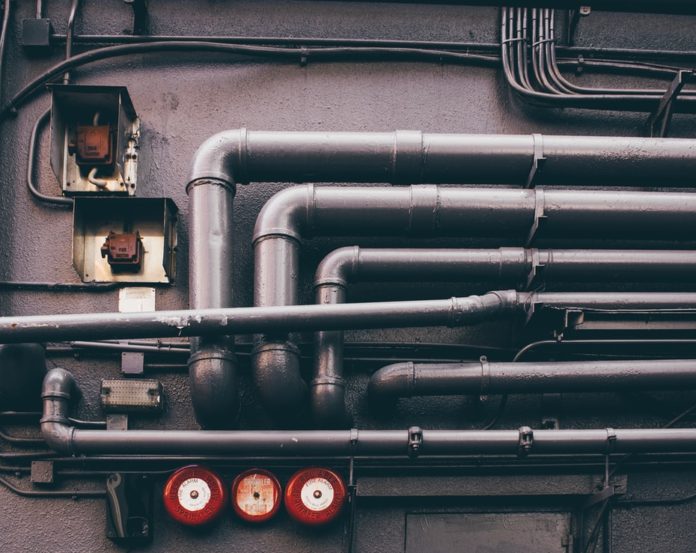Pipe relining is becoming a popular technique for repairing damaged or clogged drains because it is more expensive and reliable than other established conventional techniques of pipe and drain fixes. Since it does not involve digging a trench to gain entry to the pipes for renovation, this method at The Relining Company is also known as trenchless pipe repair technology. Instead, the pipes are left just where they are, with little to no soil upturning. Pipe Relining Bondi takes advantage of this.
Procedures Used In Pipe Relining
Until relining a pipe, the first move is to use a CCTV camera to examine the broken pipe. This inspection is performed to ascertain the extent of pipe corrode and, as a result, whether the pipes must be relined or fully overhauled.
Following the decision to reline the pipe, the grease and oils are removed using a hydro-jetter—a machine that uses high-pressure water to clean the pipe. Since resin does not bind with all of the residues in the pipe, this is needed. It’s possible that if this isn’t done correctly, the freshly shaped pipe would have irregular linings.
The lining products are assembled after the pipe has been thoroughly cleaned. When it’s time for curation, the liner is inserted into a calibration pipe, which pushes it out. In most cases, the calibration pipe is made of fiberglass or polyester. The two-part epoxy resin is then thoroughly mixed.
To confirm that the epoxy meets all of the fibers in the liner, it is compressed in an inversion trailer. This is referred to as the wetting-out method. After that, place the liner in a bowl of ice to keep it from curing before putting it in place.
The liner is then placed in the inversion tank, where the lining phase begins The epoxy is injected into the pipe from an upstream base station.
The resin is hardened by curing it. Maybe this is why this method of relining is known as cured-in-place since the resin is not treated before being repaired and is either allowed to air dry or hastened with the utilization of hot water or steam after placement. At last, ultraviolet light is utilized in the tube to finish the curing operation.
A robotic cutter is used to open up all the joints that were recently closed when the epoxy was pushed in after the resin has fully dried and hardened to form the new pipe. Any other level cutter may be utilized to open up the spaces if a robotic cutter is not accessible.
Eventually, the pipe is examined to confirm that no wrinkling or open spaces in the resin were created during the process.
Why Do You Reline Your Pipes?
The method of pipe relining seems fascinating because of the convenience that engineering provides but it’s also critical that you understand all that comes with the pipe relining option.
Conclusion
Although the trenchless method of pipe repair is unquestionably reliable, pipe relining services can provide varying warranties. All liners, on average, come with a 10-year setup warranty, which is appropriate. Nonetheless, SA Pipe Relining backs up their work with a 50-year warranty.

